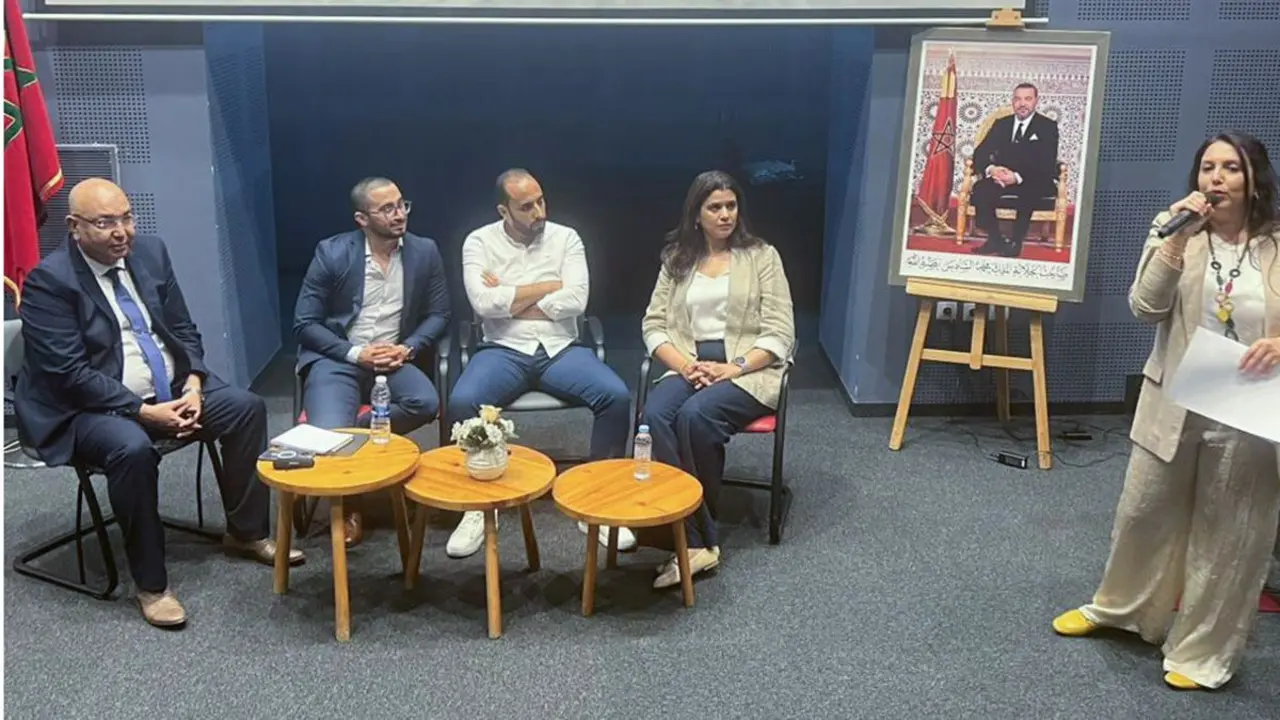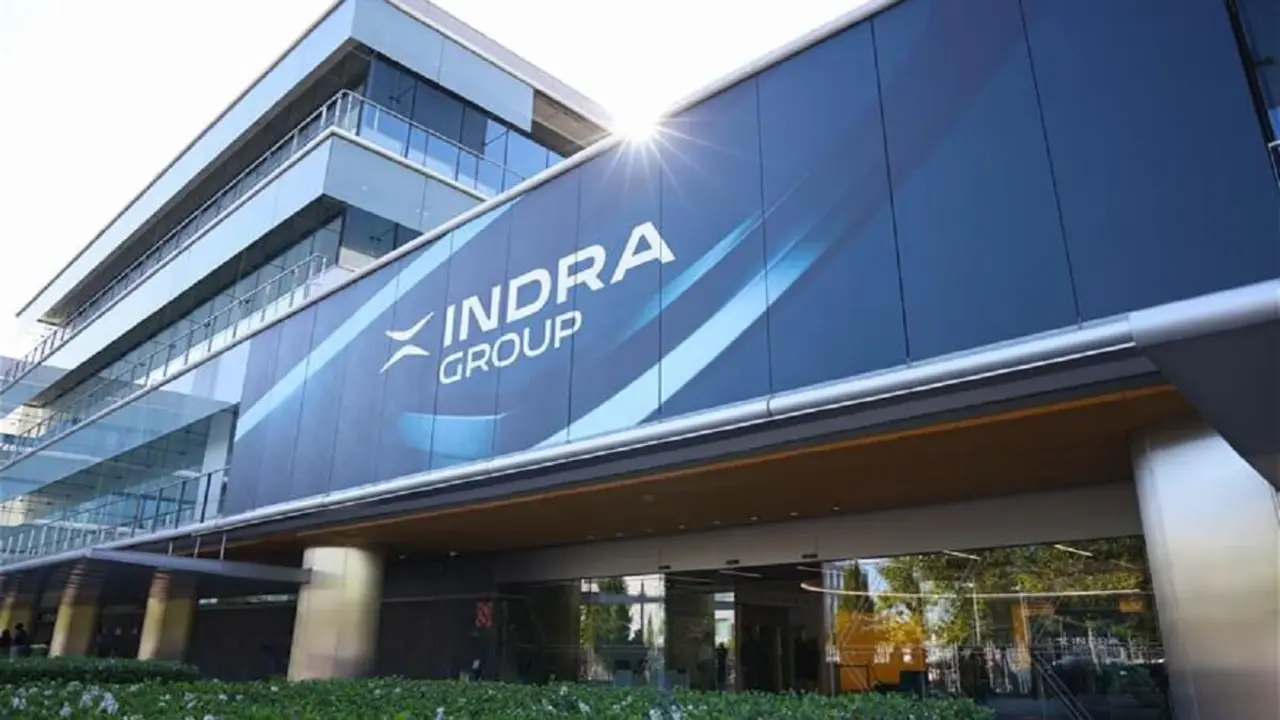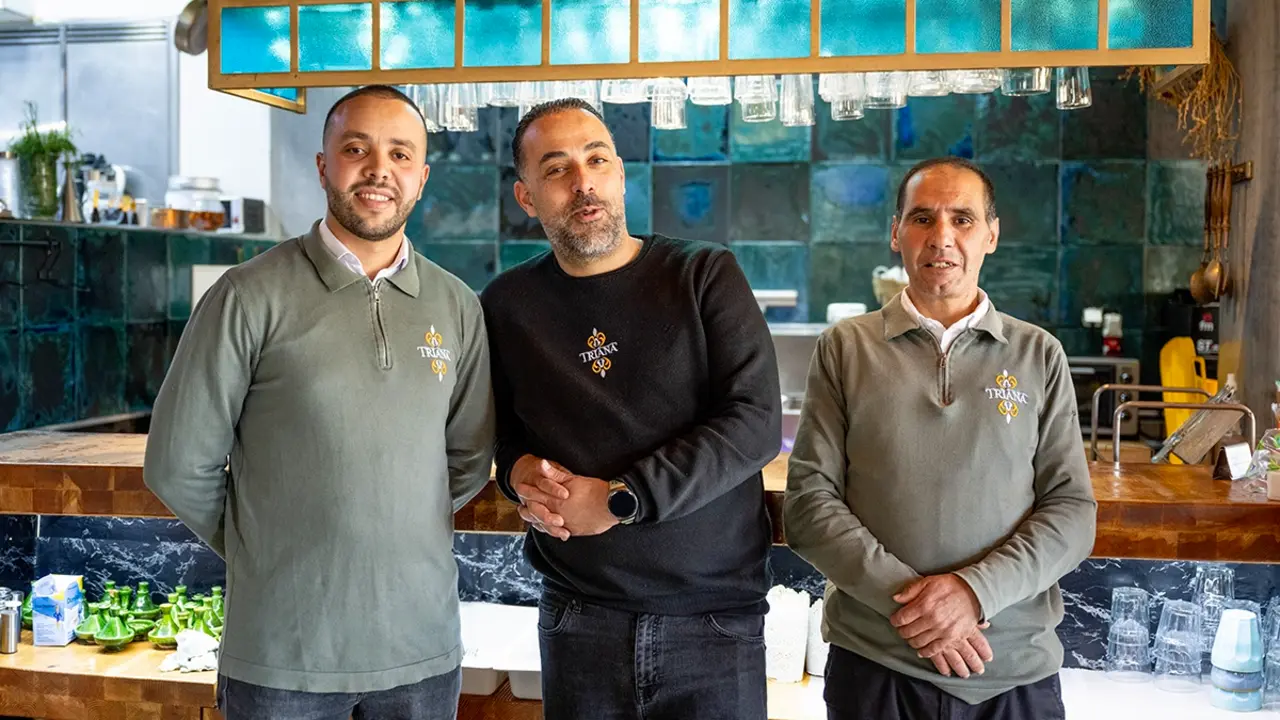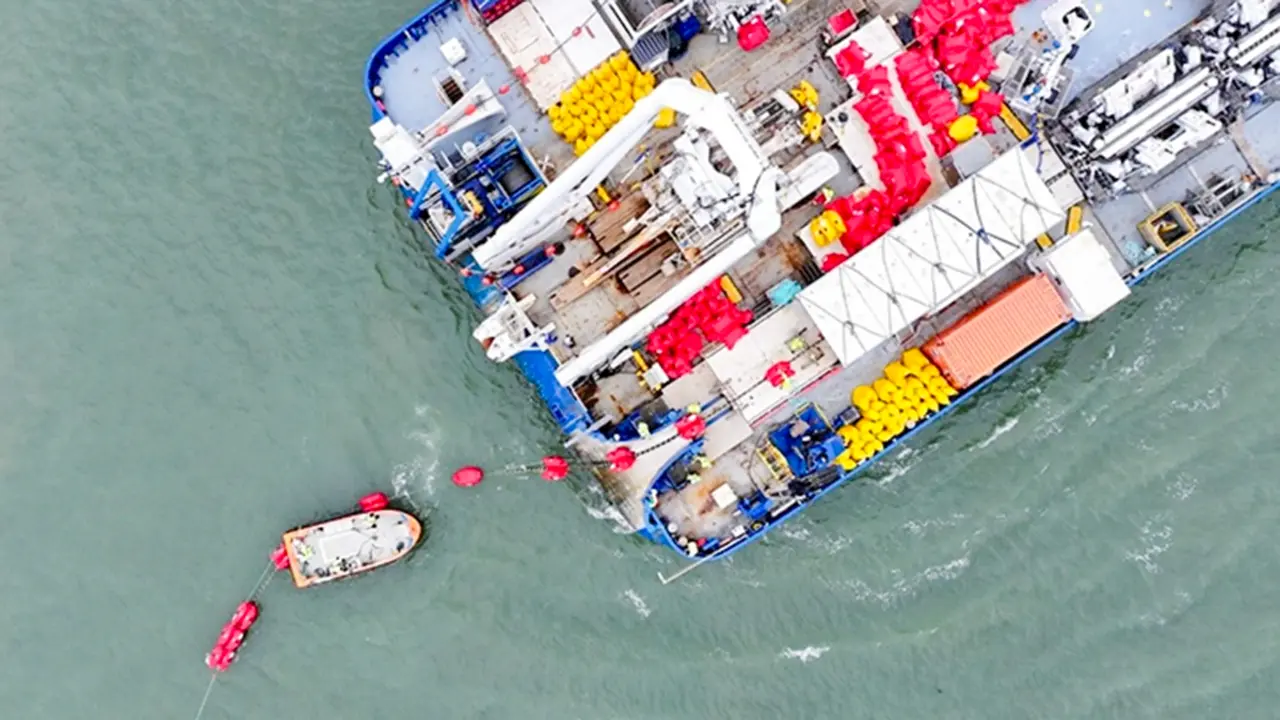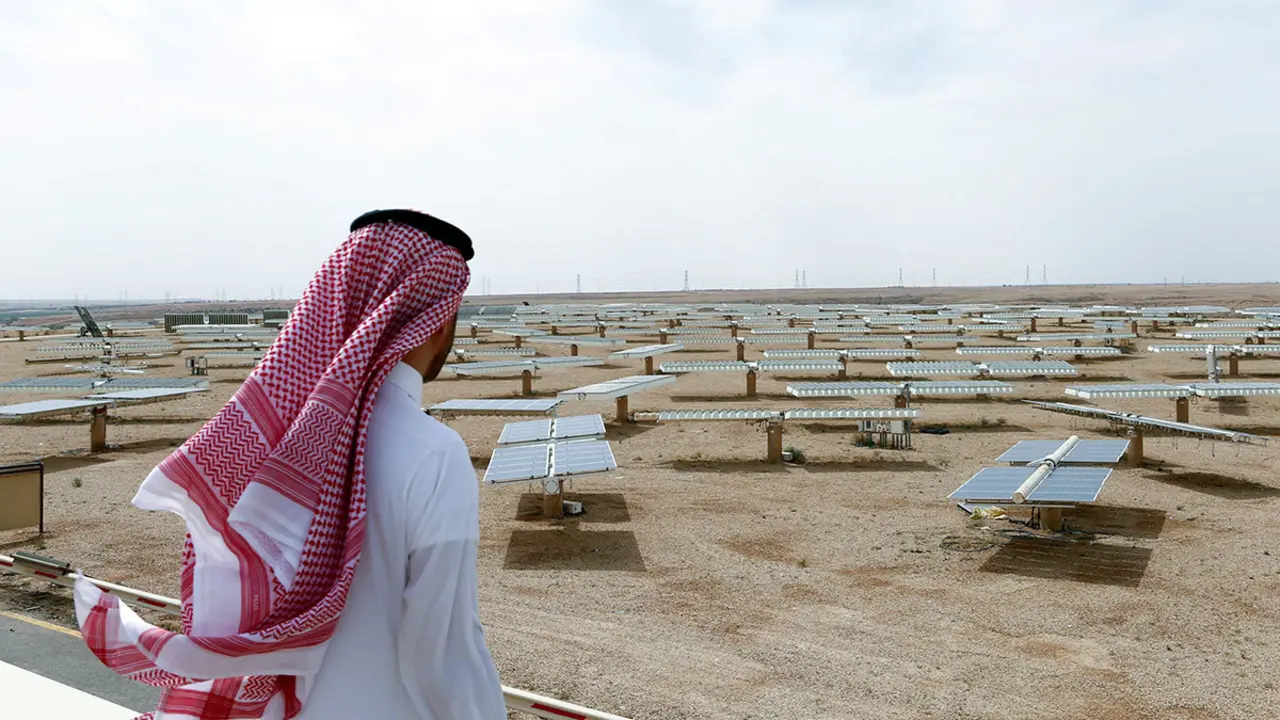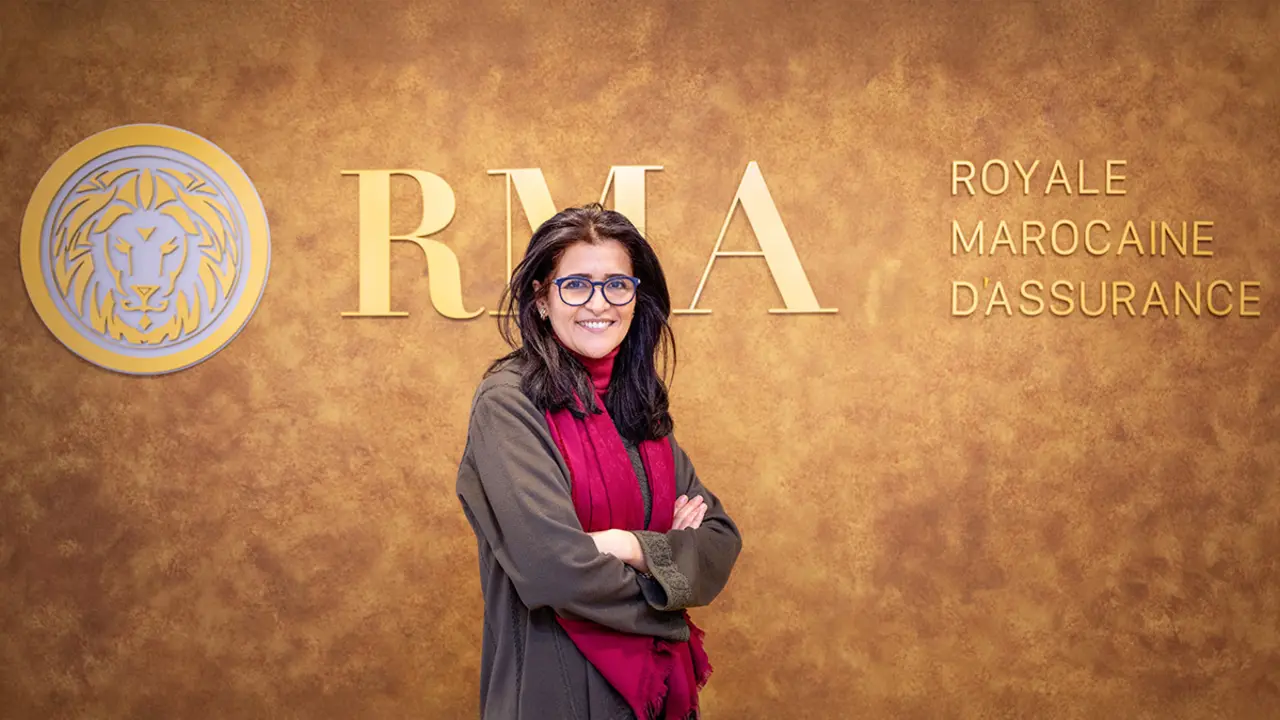International presence at FEINDEF: Lockheed Martin, Kongsberg, Saab, BAE Systems...

More than a hundred companies from around twenty allied or friendly nations have shown the most advanced of their offensive and defensive equipment at the International Defence and Security Fair of Spain, FEINDEF 2023, which was held from 17 to 19 May in Madrid.
This number represents 26% of the exhibitors, exceeds the figures for the 2021 edition, and is in line with the fact that at similar international fairs, the attendance of companies from the host country is overwhelmingly greater than that of companies from third countries.

The presence of such a large number of companies from other nations is the result of the convergence of the international promotion carried out by the Feindef Foundation team, whose managing director is Ramón Pérez Alonso, the activities of General César Augusto Sáenz de Santa María's Foreign Support Office (OFICAEX), and the expected growth of the Ministry of Defence's procurement budgets.
The aforementioned factors have led to the United States topping the list of countries attending the Madrid show with 19 companies, followed by France (with 17), Germany (12) and the United Kingdom (7). The most important industrial potential was represented by the aerospace and defence mega-corporation Lockheed Martin, the world's leading company in terms of turnover in the military sector, with a turnover in 2022 of over 66 billion dollars.
Lockheed Martin's executive director for Europe, Jonathan Hoyle, has been at the Madrid show to personally get to know the capabilities of the national industrial fabric. On the basis of the references in his possession, his objective was to seek solid business alliances in Spain that could contribute high-value technological components or equipment to the advanced weapons systems that his company produces.

The world's number one in Madrid
A month ago, the Spanish Ministry of Defence's preferred manufacturer, the Council of Ministers authorised Lockheed to purchase eight MH-60R naval anti-submarine helicopters for around 821 million euros. They are intended to replace the 12 SH-60Bs scheduled for decommissioning in 2025. They are part of the Navy's 10th Aircraft Squadron and embark on board the FFG "Santa María" and F-100 "Álvaro de Bazán" class frigates.
In conversation with Jonathan Hoyle, the senior executive highlights the close cooperation with several Spanish companies. With Tecnobit "for more than 10 years". It is "one of only two non-US companies supplying components for the MH-60R helicopter... and that's long before it was acquired by Spain". Hoyle highlights that Tecnobit "has been awarded with the Star Supplier recognition granted by Lockheed for the excellence of its work and for meeting its deliveries on time".

With Indra and Navantia, the relationship focuses on the naval field, "especially on the powerful and precise Aegis radars on board the F-100 frigates, which will also be on the future F-110s". With GMV, Lockheed signed a €180 million contract in November 2022 to jointly develop for the Australian and New Zealand governments key technologies for SouthPAN, "the southern hemisphere's first automatic positioning and navigation system that aims to improve and increase the accuracy of signals," Hoyle notes.
Hoyle is reluctant to discuss the possible sale of the powerful US F-35 fighter to the Spanish Navy and Air Force. He insists time and again that it is a matter that "must first be agreed between the Spanish and US governments". The sale has to be authorised by the State Department and Congress and can only be made through the FMS (Foreign Military Sales) mechanism, a Pentagon programme to facilitate the acquisition of weapons systems, defence equipment and military training by countries that are allies or friends of Washington.
The purchasing country does not engage directly with the manufacturer of the weapons system until the governments involved have reached a final agreement. In this case, it is the Pentagon's Defence Security Cooperation Agency that acts as an intermediary between the manufacturer and the acquiring nation. Only then do the considerations that the manufacturer is prepared to offer the buyer officially come into play.

With an eye on future contracts
In the European framework, the Norwegian firm Kongsberg came with the naval NSM cruise missile and its proposal for the modernisation of the short-range NASAMS, a surface-to-air system based on the AIM-120 air-to-air missile from the US manufacturer Raytheon. With an effective range of around 20 kilometres, they are intended to equip the Las Palmas and Valencia anti-aircraft artillery regiments and the Air Deployment Support Squadron (EADA) located at the Zaragoza air base.
The Swedish company Saab was present with its RBS 70 NG. One of its executives present, Jonas Fröberg, highlighted the surface-to-air missile's 9-kilometre range and its laser guidance, which the manufacturer describes as "indecipherable". It is in service with the armies of Sweden, Argentina and Brazil.

As an option to be taken into account for equipping the Spanish Marines, the British firm BAE Systems in conjunction with the Italian company Iveco Defence Vehicles (IDV) has officially presented the basic personnel carrier version of its new family of amphibious combat vehicles (ACV), with the capacity to transport 13 fully equipped soldiers and a crew of three others.
It is a 35-tonne 8x8 wheeled traction vehicle that has been in service with the US Marine Corps since 2021. The British multinational's vice-president for amphibious programmes, Garrett Lacaillade, stressed that "this is the first time the vehicle has been shown outside the United States".

For IDV's sales manager, Nazario Bianchini, the vehicle "meets the mission needs and requirements of the Spanish Marine Corps programme". From his point of view, both companies are "ready to respond to any customisation request to ensure its optimal deployment within the Spanish and European defence system".
The French company Dassault Aviation had a stand displaying a reduced-size model of the new generation fighter, or NGF, and asserting its role as prime contractor. The NGF is the central axis on which the NGWS/FCAS future-generation weapon system is based, the ambitious and complex trilateral project between Berlin, Madrid and Paris, whose defence ministers, Boris Pistorius, Margarita Robles and Sébastien Lecornu, respectively, have opened a new stage of cooperation since their meeting in Madrid last April.




